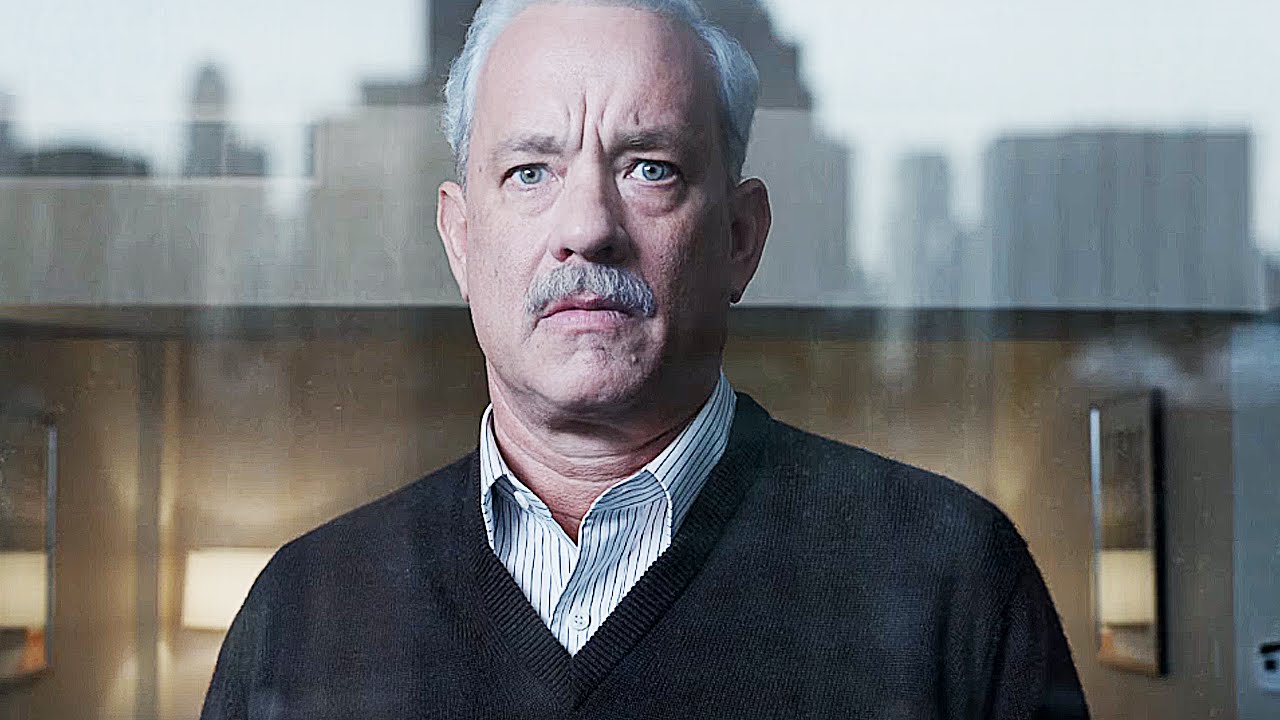Chesley “Sully” Sullenberger is a professional pilot. Tom Hanks is a professional actor. And Clint Eastwood is a professional director. It’s pretty obvious then that Sully ended up a professional movie. You will leave the movie saying, “Wow. Everyone does their jobs, and they do them very well.”
Sully takes place in the immediate aftermath of the “Miracle on the Hudson.” Chesley Sullenberger (Hanks) is in the middle of a whirlwind. The National Transportation Safety Board (NTSB) is investigating him and co-pilot Jeff Skiles (Aaron Eckhart) pretty diligently, since the airline wants to blame human error on the landing to save money. In addition, the press and citizens want to heap praise on the pilot, intruding on the privacy of Sully and his wife (Laura Linney) and his daughters. These pressures threaten to get to Sully, who questions his decision making because of the 208 seconds of decision making that ended up changing his entire life.
In theory, Sully’s premise should only have enough material for a short film. In addition, there really doesn’t appear to be much gray area to this story: HOW DARE THAT PILOT MAKE A QUICK DECISION AND SAVE EVERYONE ON HIS FLIGHT WITH A STELLAR LANDING ON WATER!!! HE SHOULD HAVE SAVED THE PLANE!! That’s as flimsy a counter argument as I can think of for a movie. However, Eastwood adeptly navigates these potential pitfalls. He beefs up the story by showing the landing (it’s NOT a crash, as Skiles points out) from several perspectives. The first reenactment actually fails, so 5 seconds into the movie, you’re watching a plane explode into a building, jarring you into paying attention (in my theatre, the crowd fell silent). The landing scenario plays out under the viewpoints of flight attendants, air traffic controllers, passengers, dream sequences, flight simulations and Coast Guard patrolmen, as well as Sully and Skiles. These multiple scenarios show us the time sensitivity and quick thinking of Sully and the emotional investment of every person involved in the US Airways bird altered flight. The Eastwood frames the entire investigation as a robotic exercise by a bureaucracy. Eastwood later in the film inserts the human element back into the flight simulations, which helps support the brilliance of the Hero of the Hudson and enhance his legend (Though it would have been nice to see more humanity from the investigators). Eastwood still cleverly uses the concept of bureaucratic process and viewer perspective to paint the emotional and human picture of an experienced, smart pilot many will never forget.
Tom Hanks gets the tough role of playing the everyman thrust into the spotlight. Wait, did I say tough? I meant in Tom Hanks’s wheelhouse. The consummate pro expertly captures Sully’s calm nature, while peppering in some exasperation at a situation he is not in complete control of. Hanks won’t be remembered for this role, but it’s as good as anything else he has done. Aaron Eckhart has unfortunately fallen out of favor with big picture filmmaking for some reason, and here he reminds us how great a 2nd banana he can be in a strong movie, equally supportive, angry, and kinda funny. The rest of the cast is filled with competent pro’s, giving a scene her and there. They don’t leave a lasting impression, but they execute their roles to a T.
In the middle of the movie, Sully points out how everyone involved played their role in the execution of the water landing of the flight. Yes, that’s a nice way to show how selfless and deflecting Sully was of his superiority. However, it is also a nice metaphor for the film itself. Eastwood, Hanks, Eckhart, and company come in, play their part, and deliver a strong film. I already see many of you rolling your eyes at a “professionally made film,” but seriously, when you see lots of hot garbage like I do, these films always deliver on their promises. Plus come on, its Tom Hanks people!!

